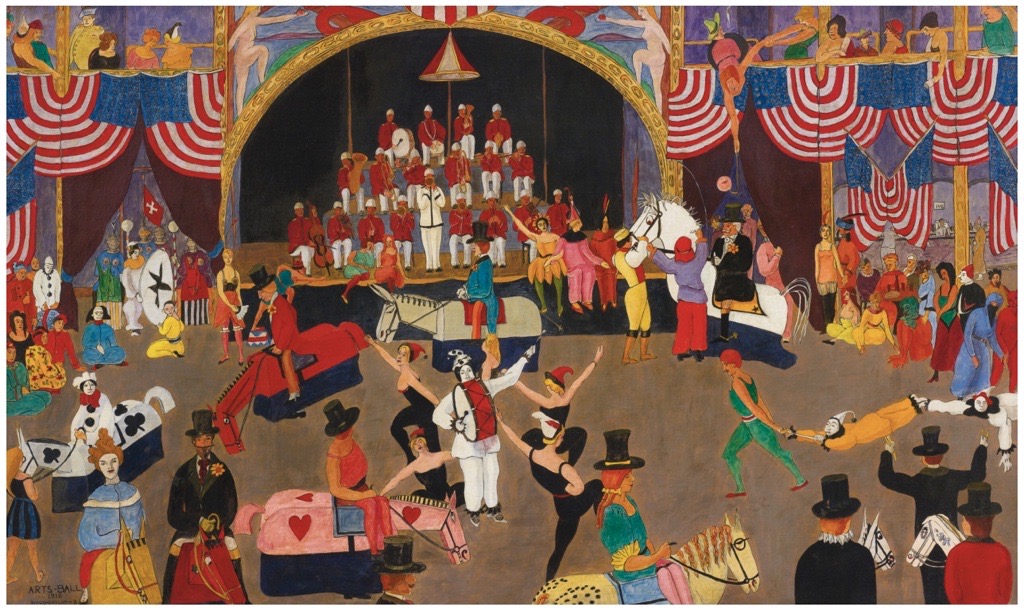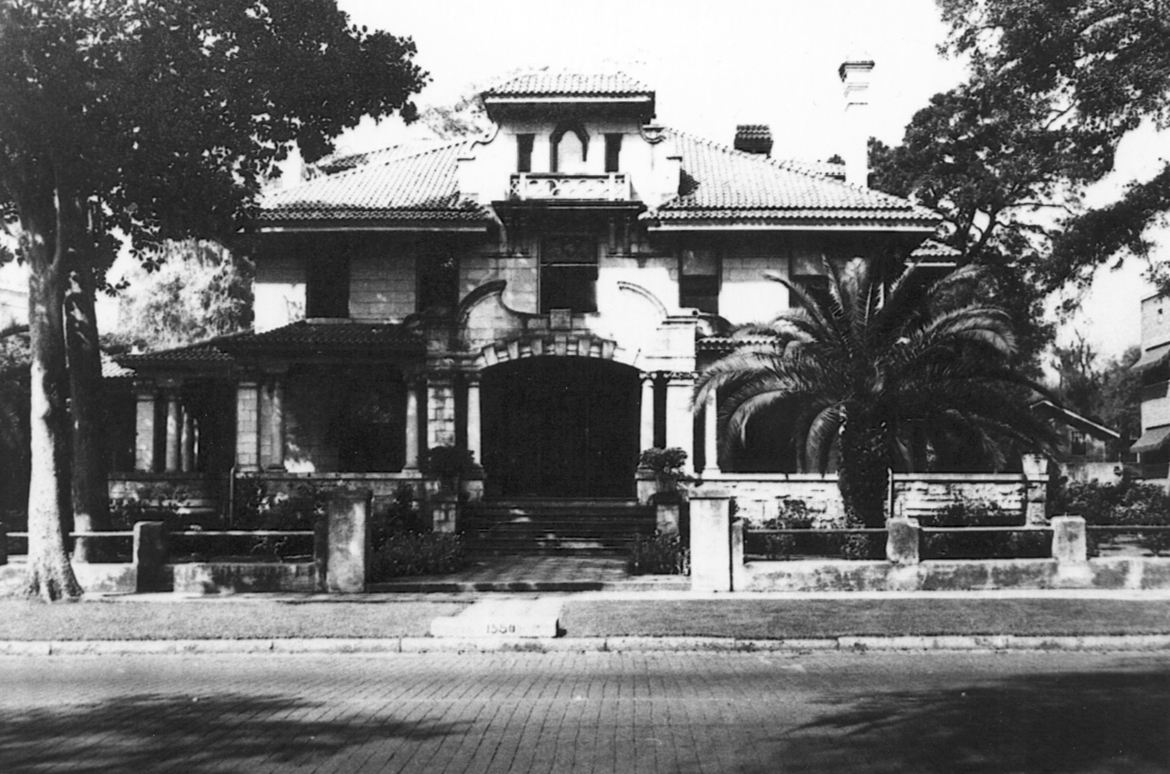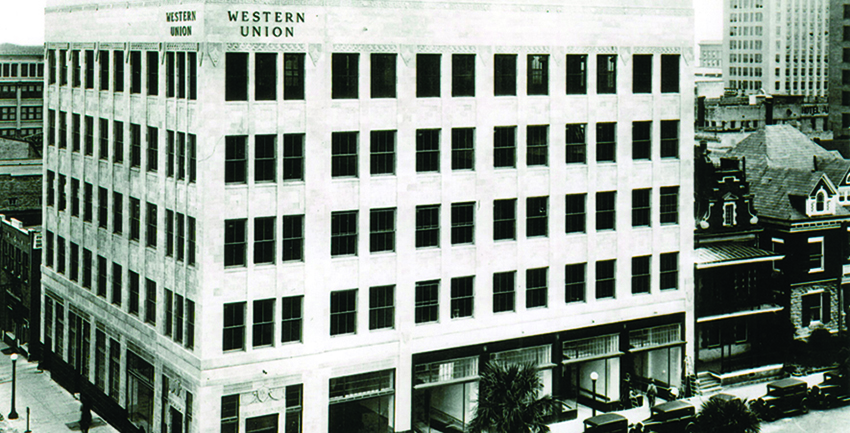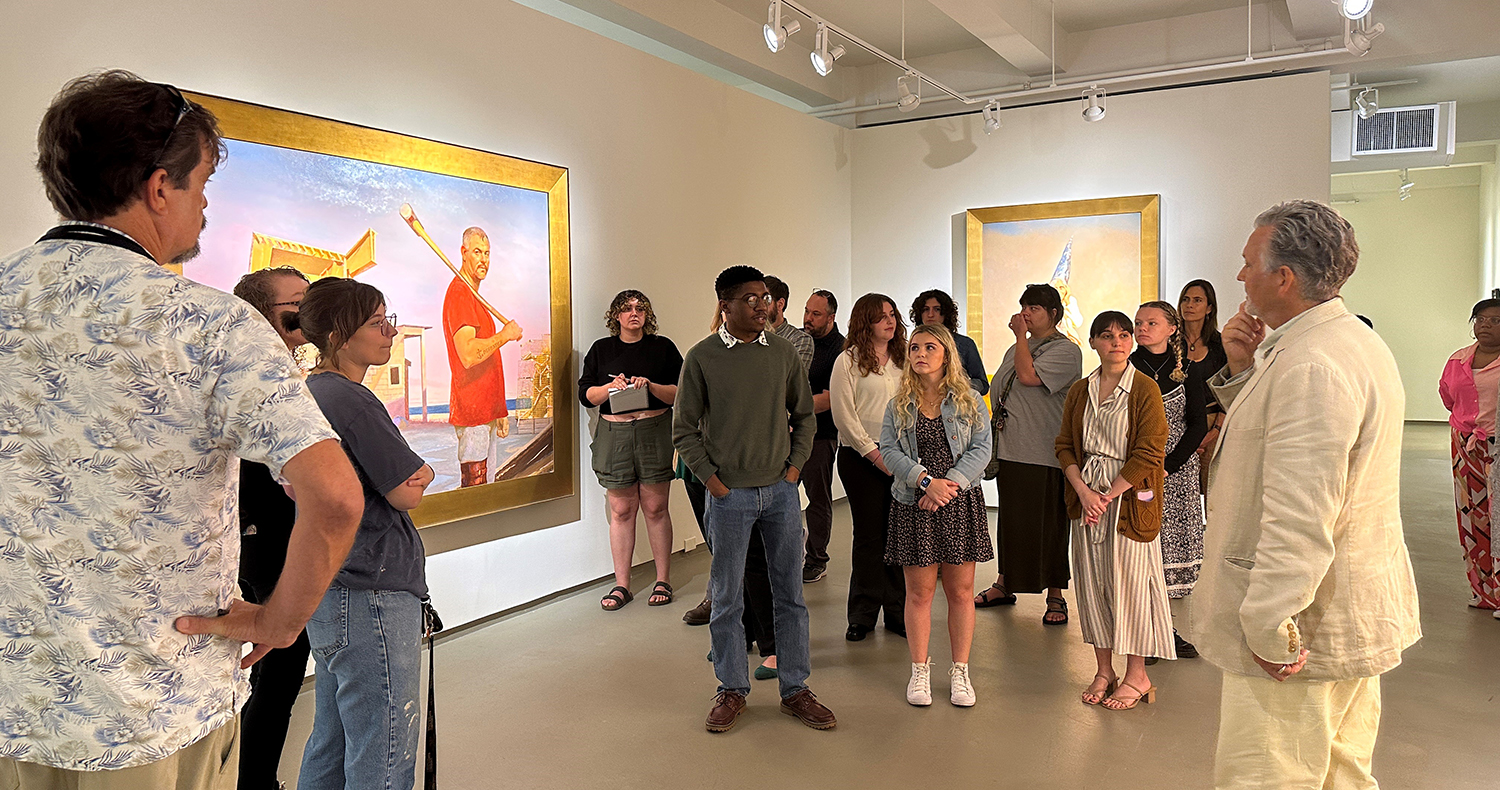ABOUT MOCA
BRINGING EDUCATION, CREATIVITY, AND COMMUNITY TO THE HEART OF DOWNTOWN JACKSONVILLE
The Museum of Contemporary Art Jacksonville (MOCA) is the only museum in Northeast Florida dedicated to contemporary art. MOCA is a 501(c)(3) nonprofit organization and a Cultural Institute of the University of North Florida. The museum serves the community and its visitors through exhibitions, collections, educational programs, and publications designed to enhance an understanding and appreciation of contemporary art with particular emphasis on works created from 1960 to the present.
Located in the heart of historic Downtown Jacksonville, MOCA is one of the city’s most significant cultural assets. Among the most prominent contemporary art museums in the Southeast, MOCA’s exhibitions and programs set the pace for arts and art-integrated programming on a regional and national stage. Renowned in this community, MOCA casts the spotlight on Jacksonville as a burgeoning, vital arts destination.
The museum is also a cornerstone of Jacksonville’s multibillion-dollar downtown revitalization plan with exhibitions and programs that bring new visitors to the civic core during the day, at night, and on weekends.
MOCA AT 100
MOCA Jacksonville celebrates its centennial in 2024! This celebration year is an opportunity for MOCA to give back to the community that has been its home for a century by presenting groundbreaking exhibitions and programs that will engage the community and elevate Jacksonville as a regional destination for arts and culture. Your support is vital to making these plans a reality. We hope that you will join us in celebrating this momentous occasion for MOCA and for Jacksonville. Learn More >>
MISSION & VALUES
ART, ARTISTS, IDEAS
Museums are spaces that bring communities together through enriching experiences, new perspectives, and opportunities to learn and connect. Great museums are a sign of a strong metropolitan area with the ability to attract diverse professionals, families, and individuals who contribute to the local economy. MOCA Jacksonville believes in serving the Northeast Florida community by providing an inspiring, contemplative space for visitors to build community, find enjoyment, learn, and explore. It is our goal to create a point of activation in Downtown Jacksonville that drives visitation to the area from both our local and regional communities and the broader world by offering the highest quality exhibitions, programs, and experiences to our visitors.
MISSION
The Museum of Contemporary Art Jacksonville is committed to
promoting the discovery, knowledge, and advancement
of the art, artists, and ideas of our time.
VALUES
MOCA is Innovative
MOCA is Collaborative
MOCA is Inclusive
MOCA is Accountable
MOCA is Exceptional
MOCA is Uniquely UNF
LAND ACKNOWLEDGEMENT
The Museum of Contemporary Art Jacksonville has inhabited the homelands of many Indigenous peoples throughout its history, including the unceded homelands of the Seminole, Timucua, Miccosukee, and Mascogo. For thousands of years, Indigenous peoples made this region into a vibrant center of diplomacy, exchange, and religious practice. We pay respect to these nations and to their descendants.
We further recognize the historical and ongoing impact of colonization in our region and state, as well as the resiliency of Indigenous peoples. Today, Florida is home to the sovereign nations of the Seminole Tribe of Florida and Miccosukee Tribe of Indians of Florida, as well as citizens of other Native nations and communities whose ancestors include Mocamas, Yamasees, and Guales. We pay respects to all Indigenous people – past, present, and future – for their continuing presence in the homeland and throughout the Native American diaspora, and we honor the significant contributions they have made to the world we share.
MOCA'S HISTORY
A HISTORY 100 YEARS IN THE MAKING
Founded in 1924, the Museum of Contemporary Art Jacksonville was the first visual arts organization in Jacksonville, one of the first art museums in the state of Florida, and the second contemporary art museum to be founded in the United States, behind only the Phillips Collection in Washington, DC.
The museum grew out of the work of the Women’s Club of Jacksonville, which regularly hosted art exhibitions for the public, with the purpose of fundraising for the city’s public schools. The civically-minded women of the Club were some of the most influential changemakers in Jacksonville during the early 20th century. These visionary women broke with the norms of their time by coming together to make meaningful change in our city, starting more than two decades before women had the right to vote.
Among the Club’s members were four women who got the idea that Jacksonville needed something more permanent. Merrydelle Hoyt, longtime chair of the Club’s Art Department took it upon herself to support 3 young women in making this idea a reality. Rose Tharp, Louese Washburn, and Edith Harrison, each highly educated by one of this country’s leading art institutions—the Pratt Institute, the Chicago Art Institute, and Cooper Union—founded the Jacksonville Fine Arts Society in 1924, leading to what is now MOCA Jacksonville. These visionary, pioneering women, each professional artists in their own right, came together to imagine the kind of city they wanted Jacksonville to be—the kind of community they wanted to live in and be a part of. At the core of their vision for a rich, vital, and dynamic city were art, culture, and education. They believed that beauty was important to society. That it was a democratic value and that access to beauty was something that everyone in society should have and should benefit from. Beauty to them, did not begin in the privacy of the home, but belonged in the public square.

Wood Gaylor, The Arts Ball, 1918, 1918, Oil on canvas, 27 x 45 in., Private Collection. Exhibited at the 1924 Jacksonville Fine Arts Society Exhibition. (Photo: artwork in the public domain).
In 1924, the Jacksonville Fine Arts Society hosted its first art exhibition; an exhibition second only to the 1913 Armory show in its importance for modern art and that would establish the beginning of the modern art movement in the South. It also established MOCA Jacksonville as the second museum of modern and contemporary art in the country. The exhibition included works by 65 cutting edge modernist artists, including George Ault, Peggy Bacon, Charles DeMuth, John Dos Passos, Wood Gaylor, Thomas Hart Benton, Walt Kuhn, Yasuo Kuniyoshi, Adelaide Lawson, Pablo Picasso, Diego Rivera, Katherine Schmidt, Joseph Stella, Isabel Whitney, and others. Roughly one-third of the artists in the exhibition were professional women artists, a number that was nearly unheard of at that time. This exhibition helped to establish Jacksonville as a city at the cutting edge of the art world.

Over the years, the museum has lived in many locations and has been known by many names. In 1948, the Jacksonville Fine Arts Society became the Jacksonville Art Museum (JAM) and found its first physical building in the Flemming Mansion in the Riverside neighborhood. After nearly twenty years in the Fleming Mansion, JAM relocated to the Koger Center. The new location allowed the museum to grow its Permanent Collection and reputation. During this time, the museum's focus was primarily based on the Koger Collection, which comprised Chinese antiquities. In addition to the Koger Collection, the Museum had significant holdings of Pre-Columbian works.
Under the tenure of Director Bruce Dempsey, the Permanent Collection experienced significant growth in the 1970s and 1980s. While the focus of the Museum was still chronologically broad, Dempsey made many noteworthy acquisitions valuable to the current mission, which focuses on Contemporary artworks from the 1960s to the present. Dempsey fostered donations by creating the Collectors' Club, which met informally at the home of Dr. Anwar Kamal. This group of collectors would purchase directly for the museum’s collection and became quite invested in the development of its contemporary focus. In addition to these individual donations, a series of large bodies of work were acquired, including the Norman E. Fisher Collection, Larry Clark’s Tulsa, the estate of Memphis Wood, and the Alexander Calder sculpture and gouache paintings on paper. In addition to these acquisitions, Dempsey formed interesting relationships with print houses to expand the print collection. Such acquisitions include works by Richard Anuszkiewicz and Robert Zakanitch, from Julio Juristo’s Topaz Editions in Tampa, Florida, and works by Robert Rauschenberg from Graphicstudio at the University of South Florida.

Beginning in the late 1990s, the museum began another transition to its current location in downtown Jacksonville. From approximately 1999 to early 2003, the Museum did not have a public-facing physical facility. In 2003, the Museum found its permanent home in the historic Western Union building in downtown Jacksonville, built by Marsh & Saxelbye in 1931. At this time, it opened as the Jacksonville Museum of Modern Art (JMOMA), but changed its name to the Museum of Contemporary Art Jacksonville (MOCA) shortly thereafter to better reflect the focus and makeup of its permanent collection. The most significant collection growth during this period was under the guidance of Director and Chief Curator George Kinghorn. Some notable acquisitions include numerous significant works from Jacksonville collector and philanthropist Preston H. Haskell, including works by Helen Frankenthaler, Paul Jenkins, James Rosenquist, and Jules Olitski; and a major donation of ninety-six works from the collection of Donald and Maria Cox, including objects by Jake Berthot, Ilya Bolotowsky, and Hans Hofmann.

In 2009, MOCA became a cultural institute of the University of North Florida, creating a turning point for the museum and bringing its ongoing themes of art and education full circle. The support of UNF broadens the museum’s reach and capabilities, while creating opportunities for meaningful work that impacts the local community and beyond.
Over the past century, the museum’s founding principles based in art, education, community building, and the democratic power of beauty, have endured and are integral to the museum’s mission to promote the discovery, knowledge, and advancement of the art, artists, and ideas of our time. MOCA works to fulfill its mission everyday through its dedicated focus on art and education; its commitment accessibility, serving the whole community by welcoming visitors of all ages, abilities, backgrounds, and experiences; its support of early and mid-career artists; and presentation and focus on contemporary art.
At this moment, there is a sense of the infinite possibilities available to MOCA as it considers its future and its place, not only in Jacksonville, but in the larger world. As it plans for its 100th anniversary, the museum team is aware of the opportunity to bring its history into focus while highlighting the University’s contributions and shared successes.



